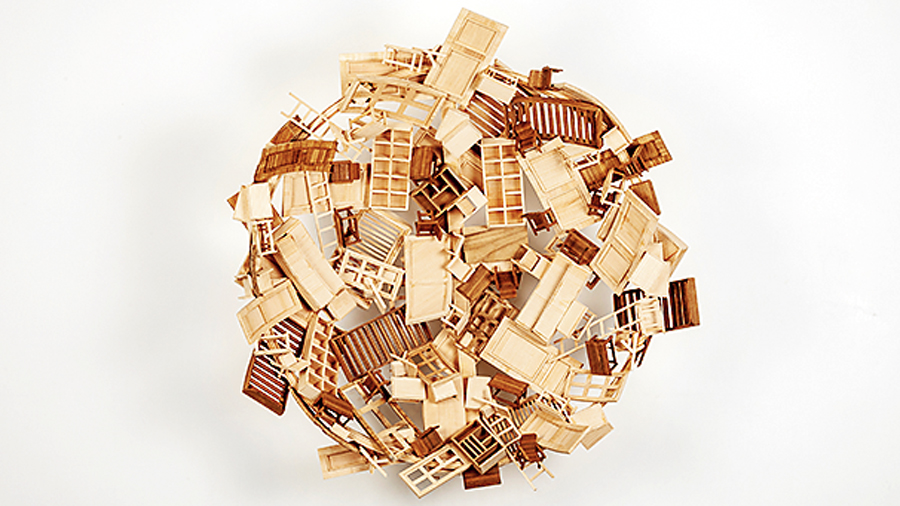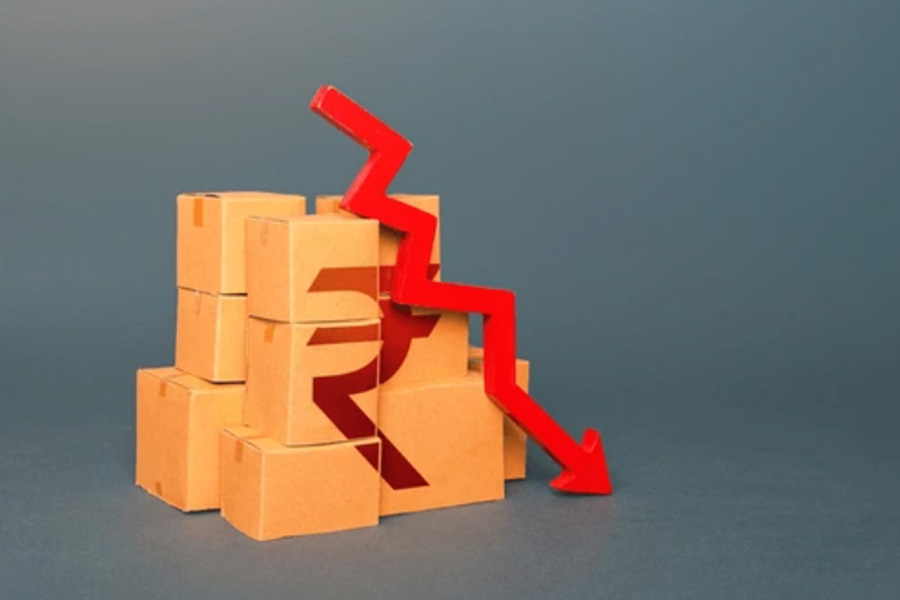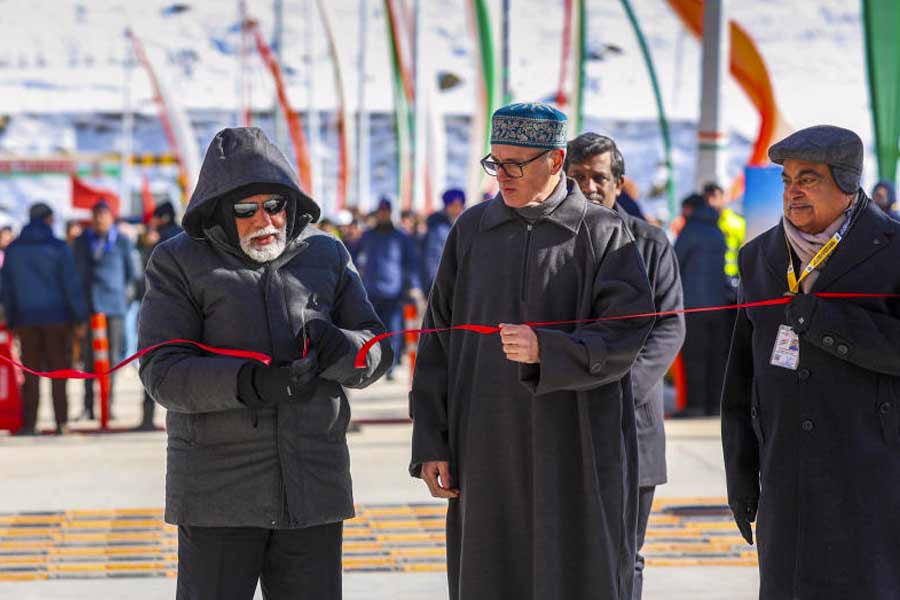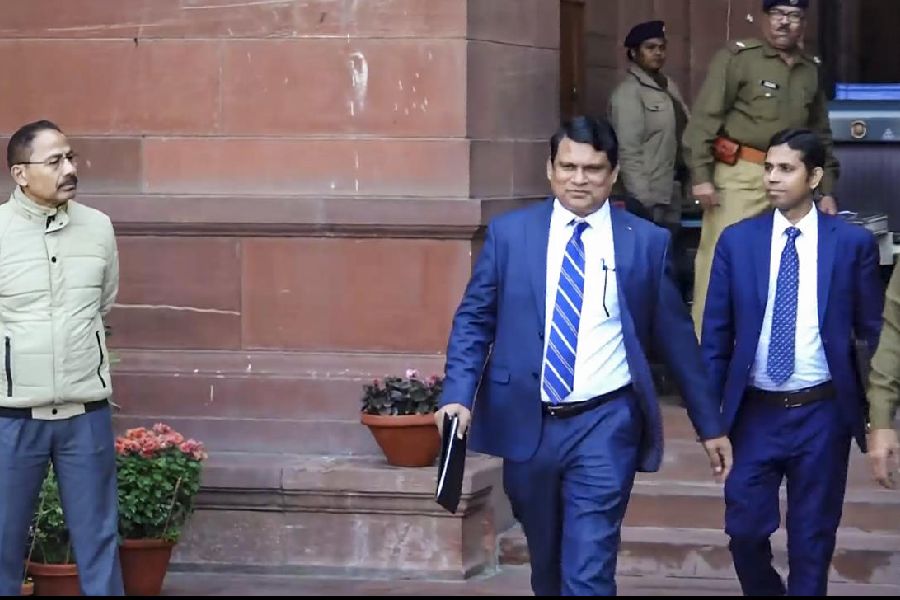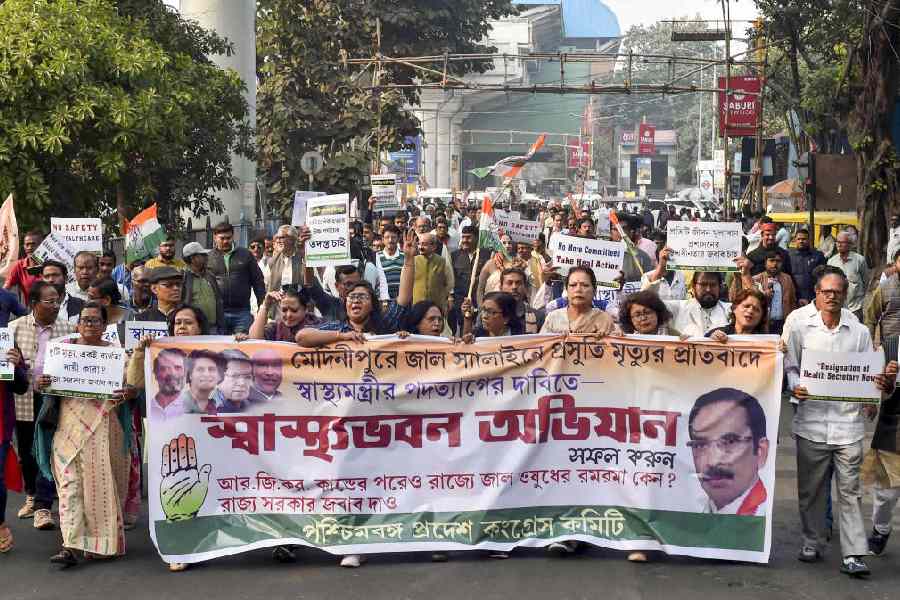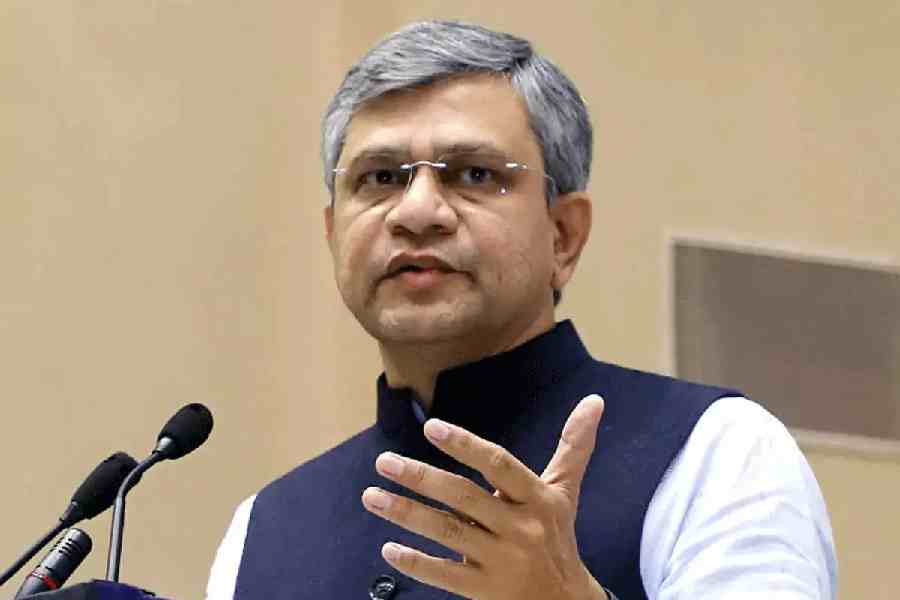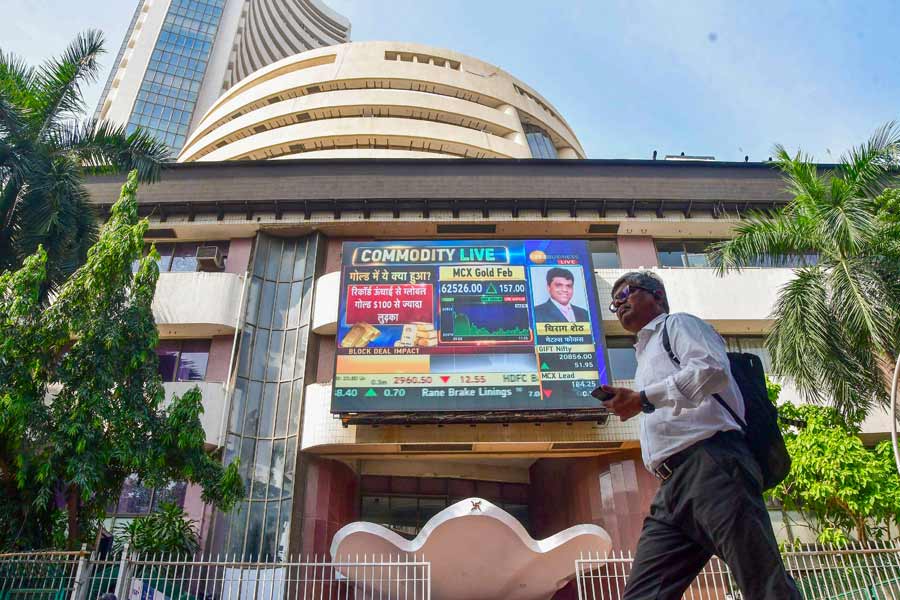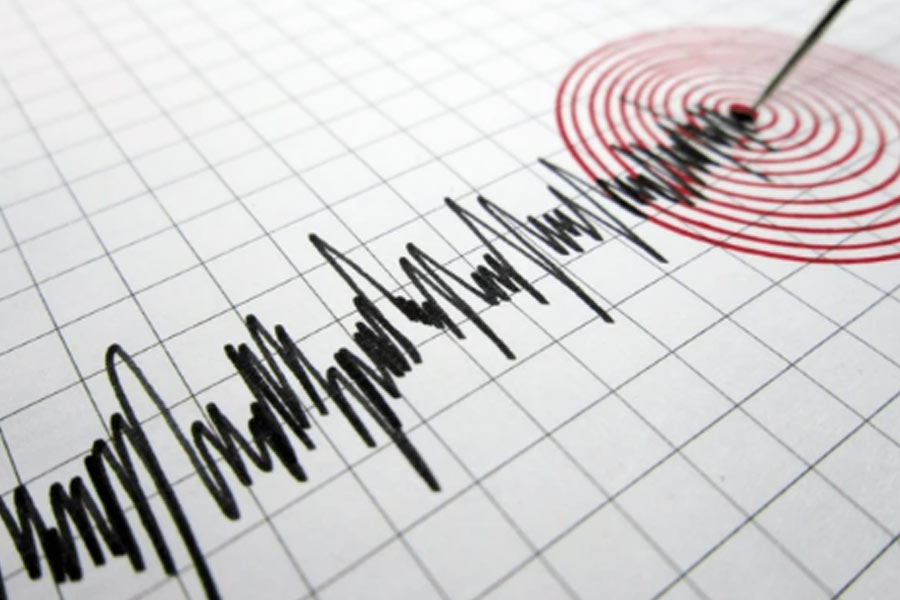The world may have come to a standstill as a lockdown was imposed to stave off the pandemic, but if one checked out the online exhibition, The Future is Not Fixed, organized jointly by the Nature Morte and Vadehra galleries based in New Delhi, one would have been impressed by the number of artists, both young and senior, middle ranking and well known — 24 altogether — who participated, and their prodigious output during this period of forced inactivity. Whatever the nature of their work, their vision was certainly infected by the new Covid-19 virus, be it in either an obvious manner or laterally.
The sensation of the ineluctable flow of time, night and day being rolled into one undifferentiated stream springs to vivid life in Ranbir Kaleka’s enchanting digital prints. Reacting to the plight of migrant workers after the lockdown was announced, Sudhir Patwardhan eschews the biblical scale of the migration and depicts a hapless, faceless (identity eclipsed by the huge load he is carrying on his shoulder) individual at a crossroads emblematic of the uncertain future that lies ahead of him.
In Thukral & Tagra’s highly detailed futuristic painting, the environment has changed so dramatically that the world is barely recognizable. It is a page out of science fiction where the artists articulate our fears of what lies ahead. Vibha Galhotra’s photo works project the same fear of the unknown that lurks in our mind as many choose to remain cooped up in their rooms. Her images are rooted in everyday reality, and the solitary man wearing a face cover both inside a room and outside are indicators of what we may have to accept as the new normal in the not-too-distant future. The blue tint permeating both images heightens the sense of the ominous. But the stranded boat and the silver bird are just that. They are not auguries of another cataclysm, as the curator’s note would have us believe.
Faiza Butt uses traditional skills and tropes as commentary on the new normal in her depiction of two men hugging each other. Gigi Scaria’s complex and confounding architectural structures are metaphors for the conundrums that we are faced with today as the virus shows no signs of retreating. Anju Dodiya’s bleak, stark images of veiled women probably reference personal protective equipment. Dhruvi Acharya’s watercolours are more expansive — she brings in masked ladies, thought bubbles, goddesses, nature observed from her eyrie in her highly imaginative response to our current predicament (picture, left).
Some artists have responded to the isolation by creating beautiful images that don’t necessarily address the Covid-19 crisis. Praneet Soi’s painting is a bricolage of tile design motifs, newspaper headlines and images of flora and fauna drawn from various cultures. Soi’s work acts as the unifying agent of these divergent worlds. Riyas Komu has in the past painted portraits of football players that resemble the airbrushed images of Bollywood stars on hoardings. Here Riyas paints the portrait of a woman wearing a headscarf that he chanced upon among the myriad images encountered daily on the internet. This painting has the evanescent quality of such a brief encounter. Manish Nai’s fascinating weaves made of natural fibres reflect electronic imaging techniques. The centre doesn’t hold in Martand Khosla’s arresting sculpture using building blocks of wood and steel (picture, right). Equally eye-catching are Tanya Goel’s flickering fractal works.

